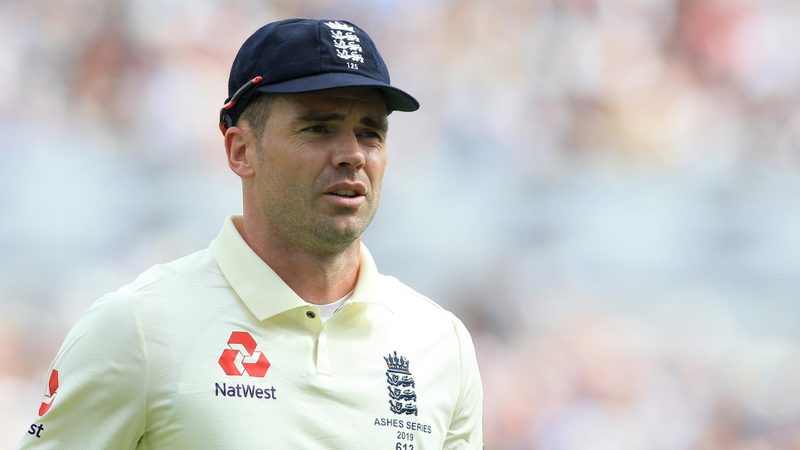
England are still seething from conceding their fortress - Edgbaston - to Australia in the first Test of the Ashes series. They hadn't lost to Australia at the venue since 2001 and hadn't lost in any format at Edgbaston since 2015. The talk from the English section of the media is that James Anderson's injury cost them big.
Being a player down is never easy in a team sport and England were probably a tad unlucky to lose Anderson after him bowling just four overs in the Test match. With Anderson ruled out of the Lord's Test match, the grapevine is that England have already lost the series.
Read: James Anderson ruled out of second Ashes Test with injury
But does a team's performance ever hinge on just one player? More importantly, is Anderson's loss that big a blow for England. Numbers suggest that Anderson's absence could, in fact, prove to be a blessing in disguise for this English team. Here's why.
Record against Australia
Anderson has stunning Test numbers with 575 wickets in 149 Tests. No pace bowler in the history of the game has picked up more wickets. But against Australia, Anderson's numbers take a hit. His career bowling average is an impressive 26.94 but against Australia, it is 34.56, his worst against any of the Test teams.
In terms of strike rate, Anderson once again struggles evidently against Australia. A wicket comes every 68th ball on an average while his career strike rate shows that he picks up a wicket every 56th ball on an average.
Record in England
One criticism constantly levied against Anderson is his reliance on conditions. Often trolled on social media as 'Clouderson' for his dependence on cloud cover to find swing, Anderson isn't accepted as one of Test cricket's all-time greats despite his impressive wicket tally.
In England, he is the absolute master of fast bowling with 368 of his 575 wickets coming at home - an extraordinary average of 23.76 and a strike rate of 49.7. But these numbers spiral downwards against Australia at home. He averages 33.38 when facing the arch-rivals at home. This is striking because he averages less than 30 against every other opponent at home.
 Anderson picture courtesy: Adrian Dennis
Anderson picture courtesy: Adrian DennisThe Broad and Archer factor
Forget Anderson's own numbers, but if his presence adversely affects another giant in the bowling attack, does he deserve to be picked?
This is how Stuart Broad’s numbers look when he is playing alongside Anderson vs when he isn’t.
|
Situation |
Bowling Average |
Strike Rate |
|
With Anderson |
29.04 |
58.40 |
|
Without Anderson |
26.54 |
55.80 |
Without Anderson in the team, Broad's numbers take a spike. This involves a career-best performance of 8/15 against Australia at Trent Bridge in 2015.
Add in the fact that Anderson kept Jofra Archer out at Edgbaston, and his absence could actually work in favour of England. Archer, who was sent back to county cricket to prove his fitness after the first Test began, demolished Worcestershire's second XI with a 6/27 at Blackstone. He then went on to bat and made a century (108 in 99 balls) to further his claims for a place in the eleven at Lord's and the rest of the series.
Feature image courtesy: AFP / Lindsey Parnaby




















